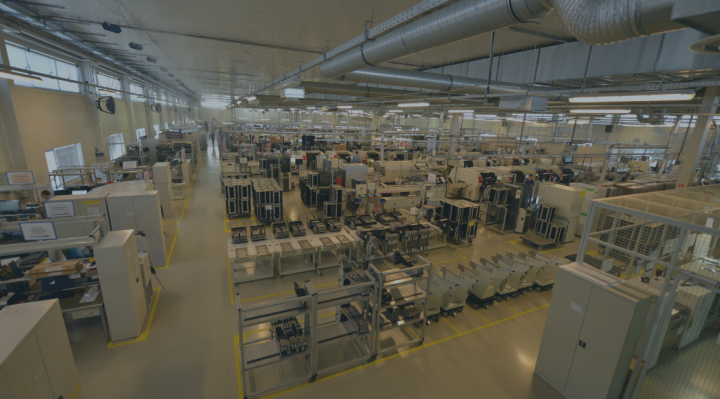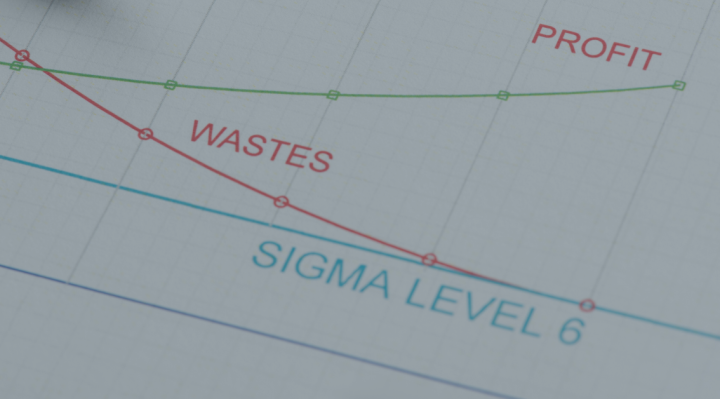Outsourcing a part of the company's internal work to external entities, e.g., the PCB assembly by a contract electronics supplier, brings about a number of benefits for the Purchaser. Higher productivity, greater pace and operational efficiency, as well as improved quality of the end product. However, for an SMT assembly to be performed on a high level, the decision to outsource the EMS services should result from a preliminary analysis of potential business partners.
It is, therefore, worth preceding finding a new long-term partnership with an appropriate selection process that will lead to creating a shortlist of "suitable" suppliers. What should the selection criteria be when it comes to EMS providers?
1. The specificity of SMT assembly service provider
When deciding to use the services of a particular entity in the market that offers PCB assembly, you start a relationship with them. You should choose a supplier that possesses not only the necessary experience in manufacturing processes but also one that can teach you something. In order for such mutual cooperation to evolve into a long-term and fruitful one, one that would bring added value to your company, it is worth taking a look at the potential counterparty's organization itself.
Compare the size of your company to the size of the company of a potential partner. When it comes to smaller companies, it is better to opt for one with a similar production volume. For a large organization, meeting the SMT assembly demand at a limited level will not prove attractive and, therefore, may be treated secondarily. For both sides. You should choose a supplier with whom you will not exceed 30%-40% of their turnover. Thanks to that, they will be able to react to your needs flexibly (e.g., demand peaks for a particular PCB assembly).
It is also worth verifying the organizational culture (similar to your own) or ownership structure (e.g., family businesses will turn out to be good partners because they share similar values) and the way of working – whether it secures the interests of the Purchaser.
2. A declared low price of the product is not all that matters.
In the context of making a decision to use a contract electronics supplier, the financial aspect is certainly one of the more crucial selection criteria. However, it should not be the most important (or the only one) benchmark to making this decision for your business.
PCB assembly is not a typical "off-the-shelf" purchase. It is a complex process that refers to the overall product management process – Its documentation, production, and supply chain (including purchasing and finding new sources of components). In this context, choosing an EMS, especially one that performs SMT assembly for your needs in the long term, is a decision that is aimed towards achieving specific goals. Therefore, in addition to the determinant, which is the final price of the product, you should pay attention to any potential hidden costs as well as their consequences for your budget.
If a supplier declares a low price for a product but, at the same time, lacks planning competencies, this can result in delays in deliveries. Your supplier's delays further translate to delays in fulfilling your obligations, and as a result, you face the risk of paying penalties to your own clients for not meeting the deadlines. Your EMS's lack of planning skills may also result in higher material costs incurred in order to reduce delivery times.
Nevertheless, strong manufacturing competencies are vital. Poorly developed, they can result in receiving batches of defectively made products, thus causing a significant increase in complaints from your clients. As a result, you face incurring expenses for various types of compensation, but more importantly, incurring costs related to your brand's credibility.
3. Inventory management skills
Ensuring a seamless production process is not only about having failure-free equipment as well as employees trained to operate it. Efficiently performed SMT assembly also means skillful control of the process of purchasing, storing, and using material resources, which results in the reduction of production costs.
Printed circuit board assembly, understood as a holistic process, also involves skillful inventory management, and it covers such areas as:
Component suppliers
Delivery planning,
Management of material already purchased on behalf of the client
Strict control and reaction in the above-mentioned areas result in the minimization of the risk of failure to meet the deadlines by the EMS. In case of problems with the availability of components on the electronic materials market, they can inform their clients about them in advance. Such planning solutions indirectly constitute a competitive advantage for the Ordering Party in their sales market.
Sustainable inventory management also means not creating an excess inventory of materials compared to actual production demand for a given client. Advanced ERP systems with an MRP2 loop are what allows for the creation and maintenance of such a condition of the material management at an appropriate level. They also allow the EMS to maintain a high level of transparency and business integrity towards their clients who commission printed circuit board assembly.
4. Manufacturing competencies
Achieving a high level of manufacturing competence by a contract electronics supplier is the result of a number of interlocking elements that allow the minimization of manufacturing errors, maintaining high quality, and the possibility of growth and development of the client (among others, thanks to access to the necessary technology).
The certificates that the EMS possesses are the best evidence of maintaining high quality and continuous development of the organization (e.g., ISO standards in specific areas). They also indicate positive results of periodically conducted audits (e.g., according to the VDA standards recognized in the automotive industry). The fact that a supplier can present such proof of competence demonstrates the strength of the EMS provider and proves that they were able to implement advanced management systems successfully.
In practical terms, high production competencies translate not only into quality but also into a smoothly performed SMT assembly. Well-developed facilities provide more room for greater flexibility, e.g., the ability to quickly refit the printed circuit boards assembly line (i.e., SMED - a lean tool) or increase production capacity the time of increased demand (handling the so-called production peaks).
5. Industry experience
Improving manufacturing competencies together with a strong management foundation is not just the matter of people, infrastructure, and the application of best practices valid within the industry. All these elements are combined to form a highly functional organization by the experience gained over time.
Time and experience, unlike a fast SMT assembly line, cannot be purchased. A well-executed PCB assembly takes years of practice – problem solving, evolution of the technology used – it is what is brought about by organically improved competences. It is the experience of both the organization as a whole and the individuals involved at critical points in the key processes. Such a structure provides a solid foundation, which is difficult to sway – the organization is able to react quickly to changes, counteracting their impact or adapting quickly to the new reality in order to continue SMT assembly in accordance with initial assumptions. Therefore, experience in manufacturing or supply chain management, although immeasurable, is a highly desirable value when deciding to commission PCB assembly by an external service provider.
6. Technical consultancy
Cooperation between the client and the contract electronics supplier is most beneficial for both parties when it is based on a partnership. In such a situation, the EMS is definitely more willing and able to provide the Ordering Party with advice and support, which goes beyond a standard review of the sent product specification.
Supporting the client with their engineering facilities and consultancy, among others in the area of Design for Manufacture (DfM) and Design for Test (DfT), is a huge added value that has a positive impact on the PCB assembly being executed. In-depth cooperation with the client in the pre-production phases allows for a number of optimizations – the product becomes cheaper to manufacture and purchase, safer to manufacture (e.g., with the use of the poka-yoke lean method), and its return rate from the market decreases.






